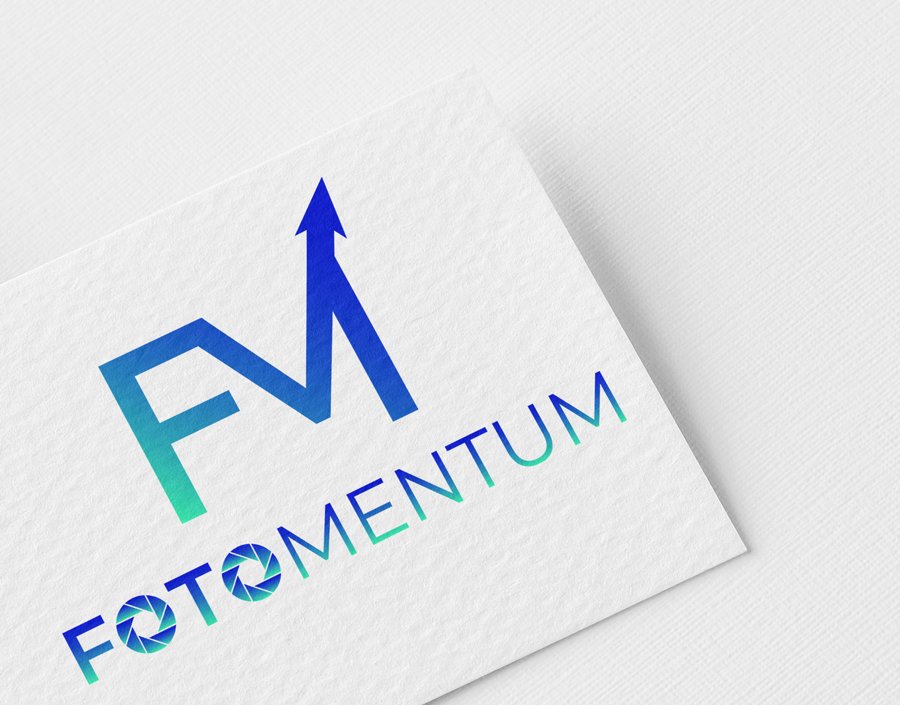Digital Photo Preservation: Expert Advice on Backup Strategies
What is your current strategy for backing up your photos? Various resources, including YouTube videos and blog posts, offer insights into how professional photographers, myself included, manage our photo backups. However, keep in mind that many of us have been in the field for an extended period and our photo collections exceed the storage capacities of typical laptops or desktop systems. To ensure the safety of our photographs, we rely on multiple external drives and sometimes very complex setups.
However, it's not necessary to overspend on a sophisticated backup device that's complex and beyond your understanding. Find a balance between functionality and ease of use.
If you're a novice photographer or don't capture a substantial amount of photos, it's likely that all your images can comfortably fit on your laptop's internal drive or on a single external drive (of about 1 or 2 Terabytes).
When considering backup strategies, assess the risks associated with your current method of photo storage. Let's delve into examining two potential locations for storing your photos:
Single hard drive (internal or external)
Cloud service (I use BackBlaze)
If you're using a DSLR or Mirrorless camera that can capture 20-megapixel images, you'll typically find that each photo averages around 10 MB in size.
Hard Drives
Given the file size of your photos, a 2TB drive has the capacity to accommodate approximately 200,000 images. As it currently stands, a 2TB SSD, which offers faster data processing, costs slightly over $100. On the other hand, you can purchase slower hard drives for close to $90. However, these tend to be less optimal for tasks such as editing due to their limited speed.
Cloud Services
I utilize BackBlaze due to the beneficial features it offers, particularly those tailored toward photography. Contrary to this, services such as Google Drive or Microsoft's One Drive are not primarily marketed as long-term photo storage solutions. While they are proficient in document storage and can handle a modest volume of photos, their free storage capacity is limited. More space can be obtained but at an additional cost.
In contrast, BackBlaze has been thoughtfully designed with photographers' needs in mind, offering unlimited storage. I opt for their biennial subscription plan, which includes an optional extra fee for a one-year recovery service for any deleted files. This specialization makes BackBlaze a more suitable choice for my requirements.
Now let’s make some decisions
Option 1 - HIGH RISK!
Store all your photos on a single drive and nothing else. If the drive fails you will lose all photos.
Option 2 - Medium Risk
Consider consolidating all your photos on a single drive and creating a backup on a secondary drive. This way, in the event of a failure of one drive, you can seamlessly carry on with your work and simply acquire a new backup drive. To optimize your expenses, you could opt for a high-speed SSD for your primary drive, where you manage the working copies of your photos. For the secondary or backup drive, a slower and typically less expensive traditional hard drive should suffice. This strategy offers a balance between performance and cost-effectiveness.
Note: Both options 1 and 2 pose a potential threat of a natural disaster, such as a fire or flood, causing irreparable damage to both drives, thereby leading to the complete loss of all photos. Furthermore, in the unfortunate event of theft, you stand to risk losing all your images as well.
Option 3 - Low Risk
Store all your photos on a single drive and a cloud service.
Option 4 - Even Lower Risk
I maintain all my photos on high-speed SSD drives while utilizing the more cost-effective traditional hard drives for backup purposes. The cloud service I employ, BackBlaze, automatically backs up all drives connected to my computer via USB. Thus, my primary copies reside on SSDs, while a rack of traditional hard drives serves as a comprehensive backup for all my SSD content. This arrangement is my strategy of choice, as it optimizes local file recovery capabilities and provides cloud backup for an additional layer of protection in the event of a total local drive failure.
If you are just getting started and want to ensure you don’t lose photos don’t choose option 1. Consider starting at Option 2 at minimum until you evaluate your cloud storage options and move to Option 3. Ideally, you want the backups to be automated if possible. At the end of the day you need to ask yourself: “If your hard drive crashed beyond repair right now, how many photos would you lose?”

